These Gas Mileage Tips May Save Some Money on Your Summer Trip
The best thing about RV life is going on adventures and traveling the country. But RVs are unfortunately not the most fuel-efficient vehicles. So when planning a trip, looking at the budget and comparing it to the current price of gas, you might be left wondering how to improve RV gas mileage.
Thankfully, there are a variety of ways you can improve RV fuel economy. Let’s take a look at the 10 best RV gas mileage tips.
Stay on Top of Maintenance
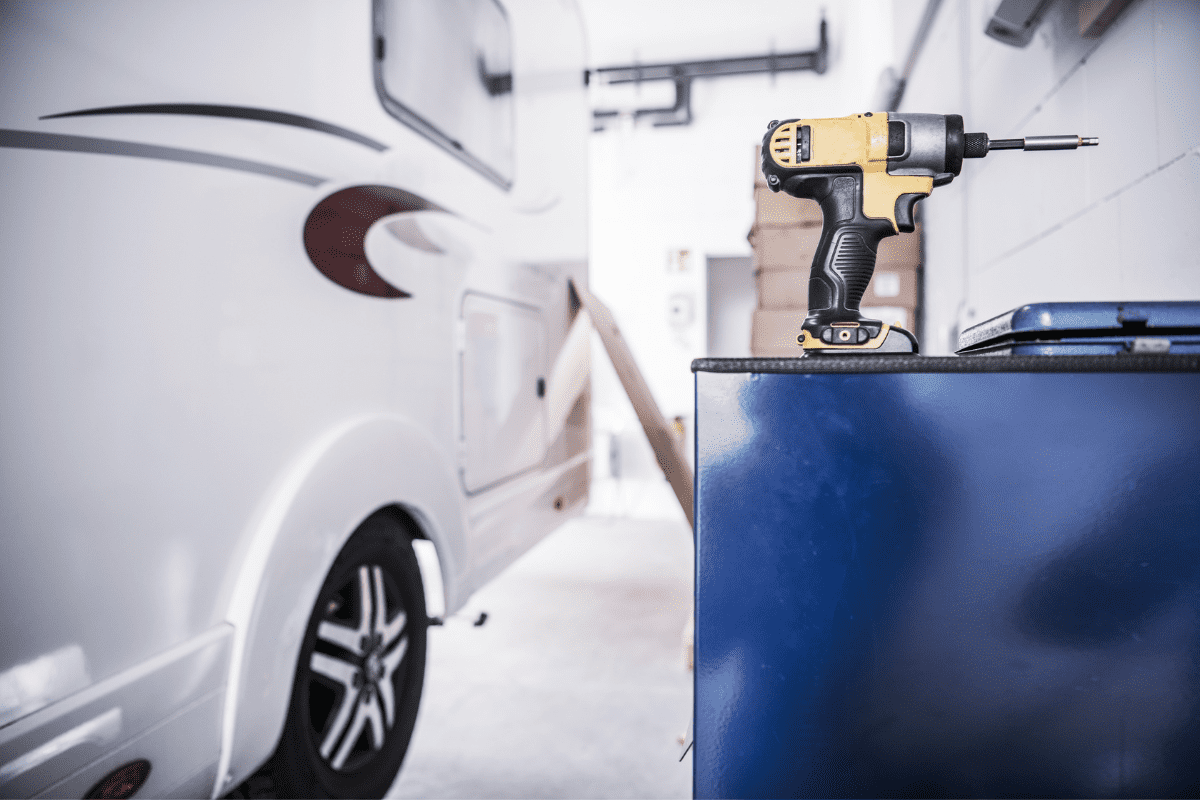
The first way to improve your RV’s mpg is to stay on top of RV maintenance. A poorly maintained RV can hurt fuel economy, not to mention the extra risk of it breaking down (an added expense).
If you have a driveable RV:
- Be sure to get your oil changed regularly and use the recommended type of oil
- Replace air filters and other filters on time
- Regularly check your brakes
Keeping up with regular maintenance and tune-ups will go a long way to improving your RV fuel economy.
Check Your Tire Pressure
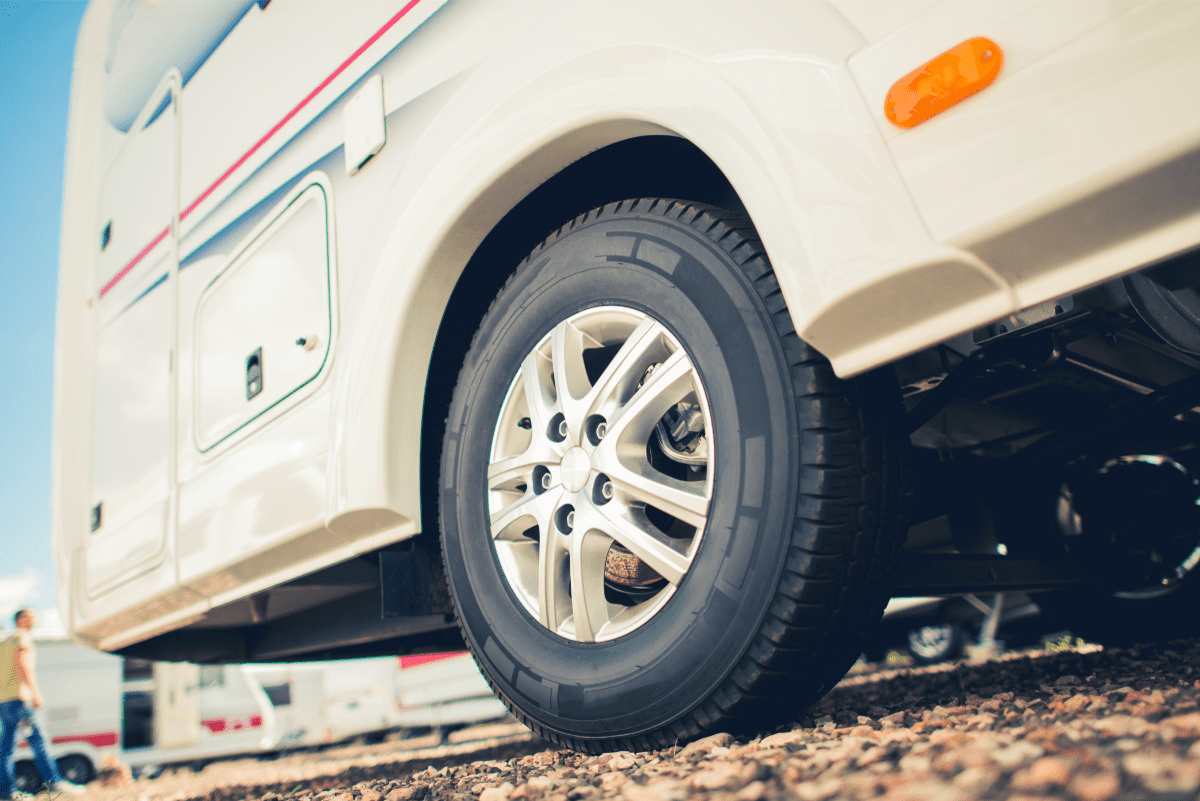
While checking your RV tires is technically a part of maintenance, they’re important enough to warrant their own tip. Your tires are all that stands between your RV and the road – so it’s essential they’re in good shape and properly inflated.
When all four tires are at only 75% of the recommended pressure, your fuel economy drops by about 3%. When all four tires are at 50% of the recommended pressure, your fuel economy will drop by a massive 10%!
Always check your tire pressure before hitting the road and put some air in them if needed. You should also regularly rotate and balance your tires and replace them when they wear out.
Travel Light
It’s tempting to pack up everything you could possibly need for a trip, but all that extra weight can greatly impact your RV fuel economy. For every additional 100 pounds in your vehicle, your RV fuel economy drops by 1%.
To cut down on excessive weight, you can:
- Pack lighter and leave behind anything you don’t need
- Empty your water tanks down to ⅓ or less of their capacity
- Get a composting toilet and remove your black water tank entirely
- Replace older, heavier furniture with newer, lighter alternatives
- Get rid of any heavy tools that you probably won’t need
Be a Safer (and Slower) Driver
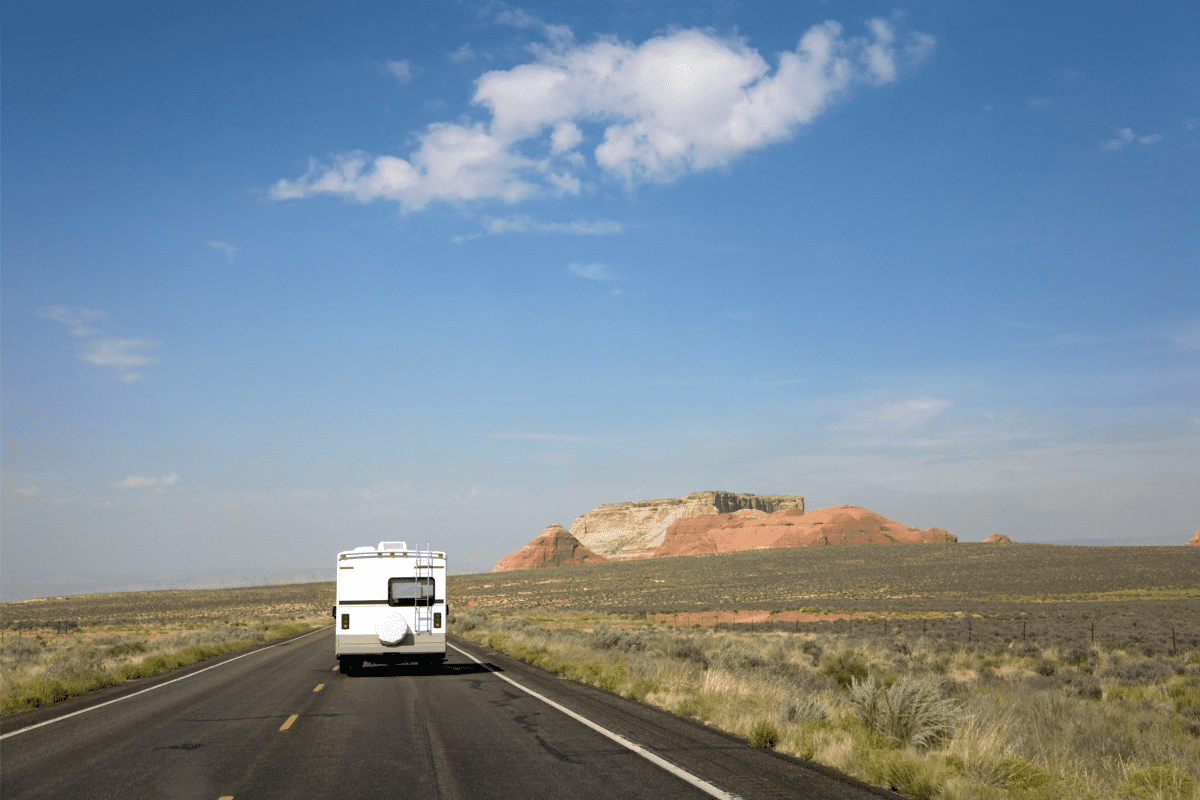
Being a safe driver won’t just keep you safe on the road. It can improve your RV fuel economy too. Rapid acceleration, sudden braking, and other unsafe driving practices can lower your RV mpg by as much as 30% at highway speeds!
Driving slower will also help you save money on RV gas. Every vehicle has a different optimal speed for fuel economy, but generally speaking, gas mileage rapidly decreases above 50 mph. By staying at 50 mph or below when possible, you can improve your fuel economy by as much as 14%.
Use Cruise Control
Next on our list of RV gas mileage tips is to use cruise control. You can easily improve your RV fuel economy by keeping a consistent speed, especially around 50 mph. (And because you’ll also avoid unnecessary acceleration and deceleration, it’ll help you save even more gas.)
Turn Off the A/C
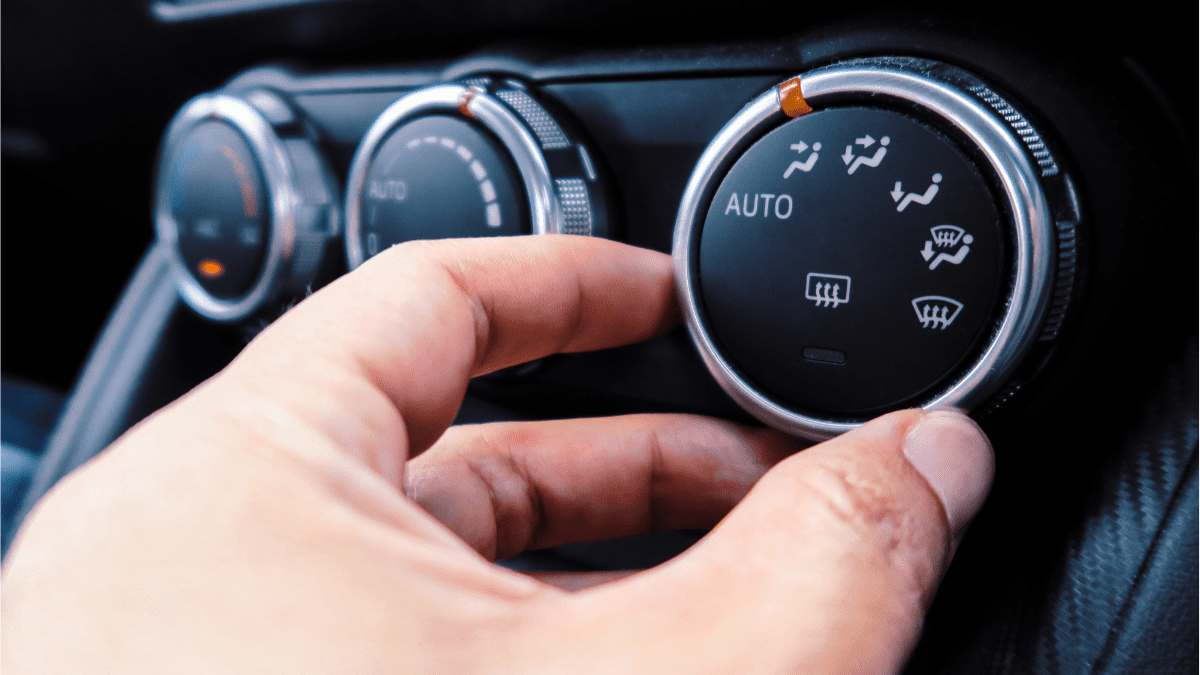
Air conditioning is great for staying cool, but it can have a big impact on your RV’s fuel economy. On especially hot days, running your A/C can reduce your fuel economy by more than 25%.
The alternative is to open your windows. This works well at low speeds, but at highway speeds, the extra drag created by open windows also reduces your fuel economy.
As such, at highway speeds, your best bet is to either go without A/C or at least turn it down, so it isn’t working so hard.
Improve Your Aerodynamics
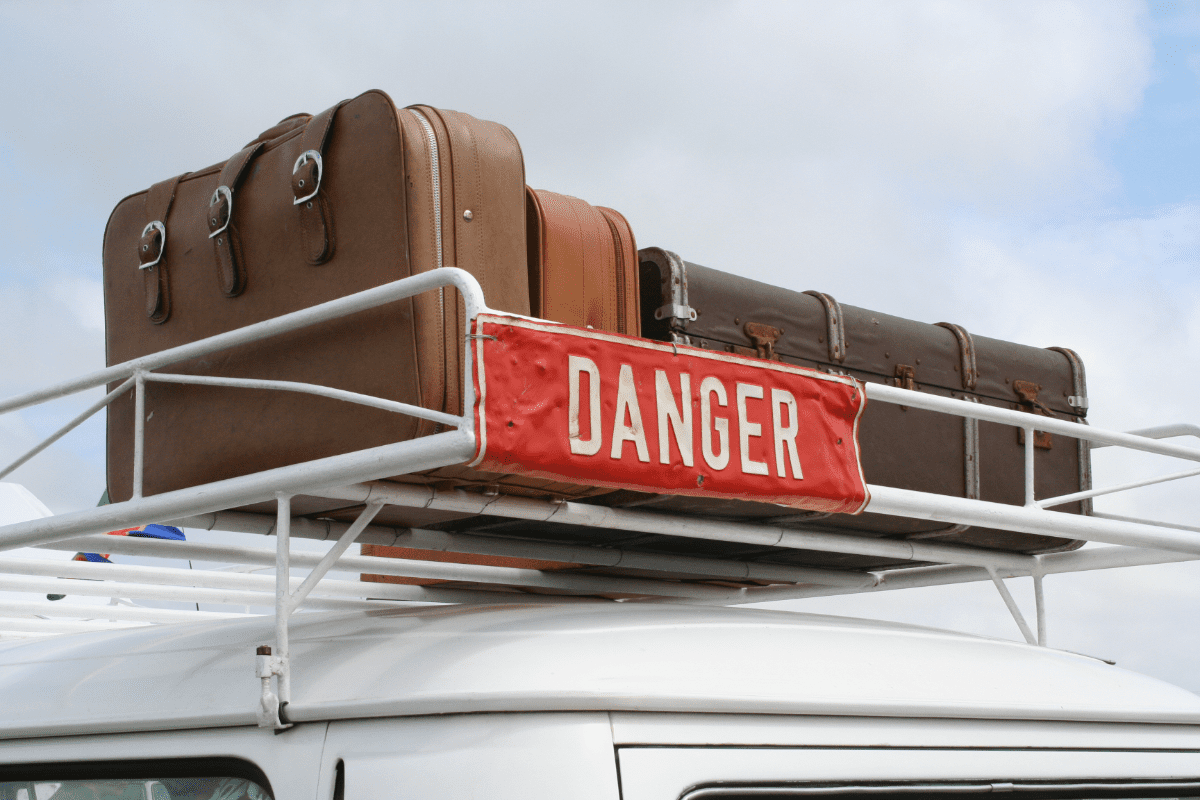
Keeping extra stuff on the roof is a convenient way to save space inside your RV. But hauling cargo on your roof also increases drag on your RV which lowers your fuel economy. In fact, a blunt rooftop cargo box can reduce your fuel economy by as much as 25% at highway speeds.
Moving that cargo inside your RV, installing a rear-mount cargo box that causes much lower drag, or leaving the extra gear at home will net you much better fuel economy.
Plan Your Route Ahead of Time
By planning out your route ahead of time, you can ensure you’re on the fastest, most direct, and thus most fuel-efficient route. Knowing your route will also help you anticipate and avoid heavy traffic, which can also negatively impact RV fuel economy. Pre-planning a route will also prevent you from getting lost or needlessly wandering, which causes you to use extra fuel unnecessarily.
Apps like RV LIFE Trip Wizard ensure you have the best (and safest) route planned which also includes finding RV-friendly gas stations.
Keep Idling to a Minimum
While your engine uses less fuel when idling, it still consumes fuel. In fact, idling can consume up to a half gallon of fuel per hour.
Because of this, if you’ll be stationary for more than a couple of minutes, you should shut your RV’s engine off. Restarting the engine only consumes 10 seconds worth of fuel, so it’s much more efficient to shut off the engine than leave it idling.
Avoid Roads in Poor Condition
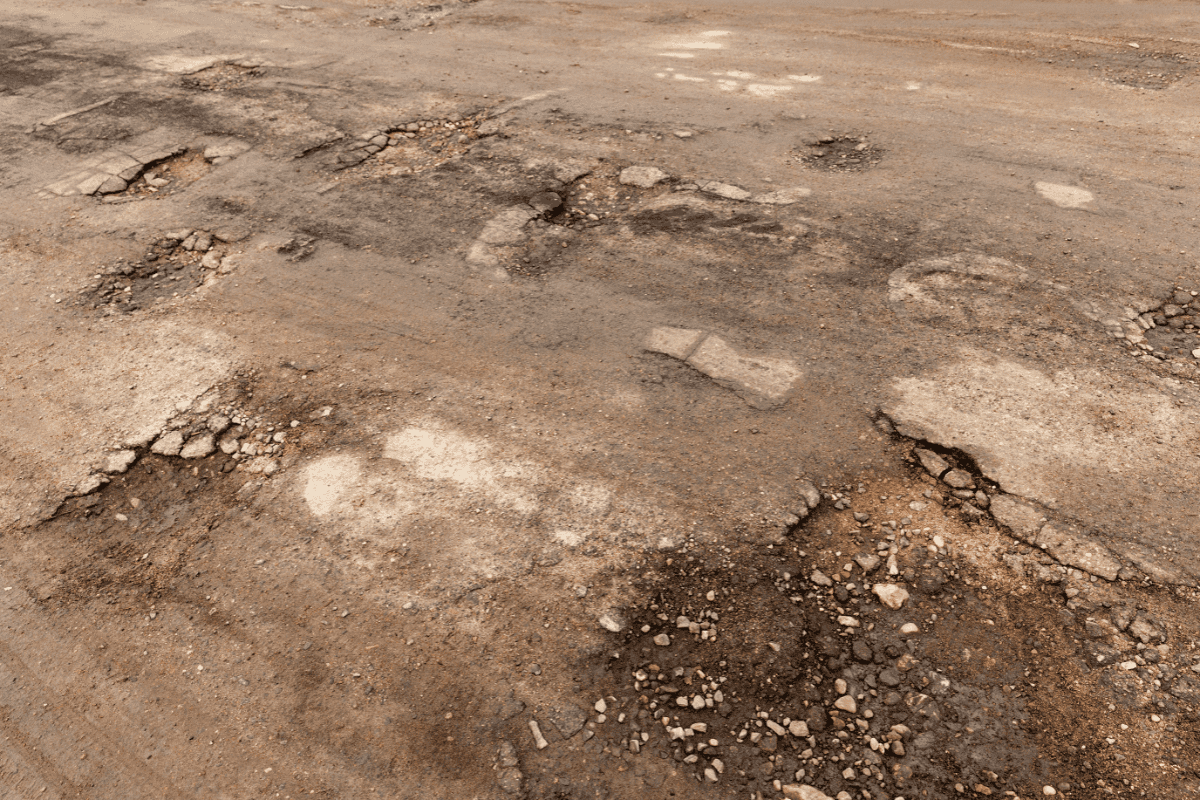
When roads are in poor condition, your RV must work harder and consume more gas. Sticking to newer, better-maintained roads whenever possible will help you improve your gas mileage.
When planning your route, you can use tools like the RV LIFE Trip Wizard or Google Street View to help you get a sense of road quality. Also, consider what states you’ll be traveling through. Rhode Island, Wisconsin, and California are known to have the worst roads, while Kansas, Alabama, and North Dakota have the best.
How to Estimate RV Gas Costs
When budgeting for a road trip, you may also want to know how to estimate RV gas costs. Thankfully, doing so is pretty simple.
First, you’ll need three pieces of information:
- Your RV’s mpg
- Distance of your trip
- The current average price of gas (eek!)
Divide the length of your trip by your RV mpg, then multiply this number by the average price of gas. Alternately you can enter the average cost of gas and your RV’s info into RV LIFE Trip Wizard and it will keep a running cost as you plan your route. You can also input RV park prices, estimate daily food costs, and other expenses to get a complete estimate of your entire trip.
Now You Know How to Improve RV Fuel Economy and Save Money on RV Gas
Maximizing your RV fuel economy can save you a lot of money on a big road trip. And thankfully, there are plenty of ways to get better gas mileage out of your RV.
Now that you know how to improve RV gas mileage, you can save money on gas, and get even more out of your next road trip!

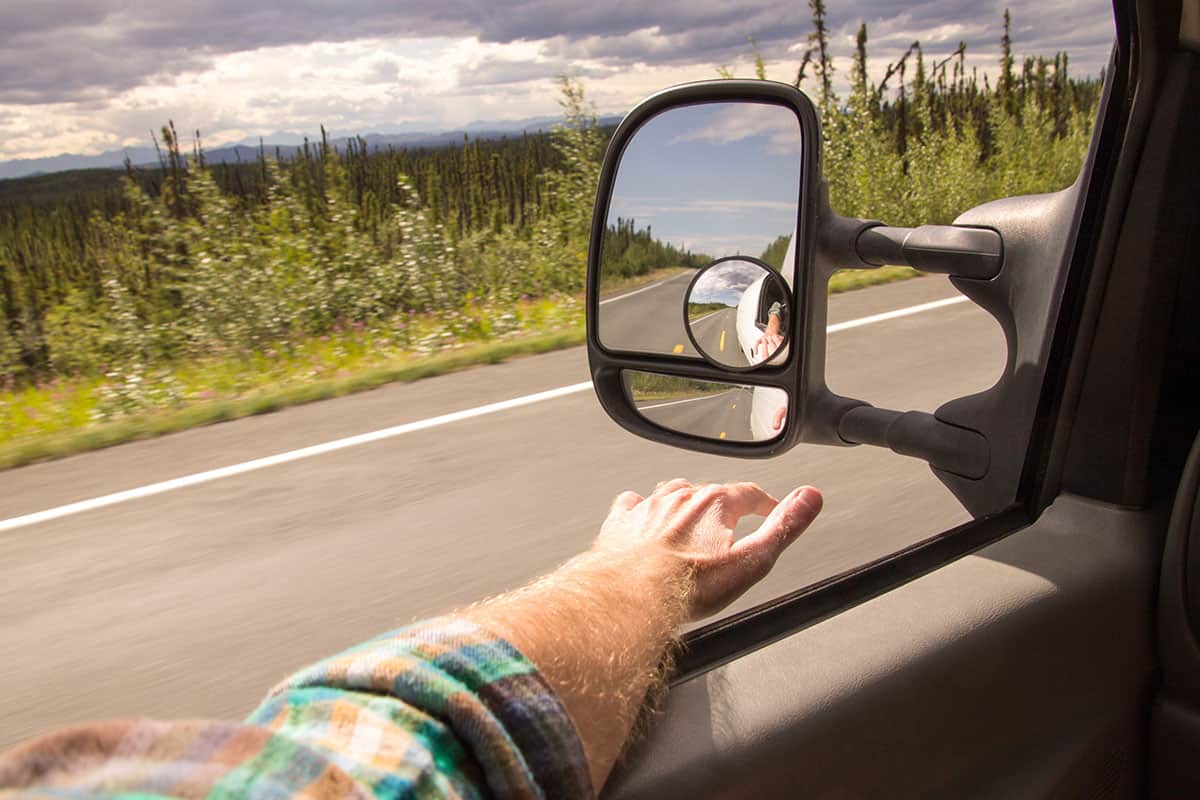

Do any of these tips work for improving mileage on vehicles with diesel motors?
Paul and Chris
Winnebago View in NW FL
Absolutely.
While diesel engines work a little differently than gas and diesel fuel has a better energy density, the physics principles remain the same. They both are converting the chemical energy in their fuel source into mechanical energy to move. Therefore anything that makes it harder to move like tire inflation, load, maintenance, quality of fluids, etc., or anything that stops the vehicle’s momentum like wind drag due to high speeds or not using cruise control on flat/straight roads will still affect the overall MPG of diesel engines as well as gas.
Thanks for being a Camper Smarts reader.
Using cruise control to save gas is only effective on level roads and where the driver tends to fluctuate their use of the accelerator pedal rather inconsistently.
Better to keep consistent pressure on the accelerator, allowing for some speed decay going up hills and a corresponding increase going down.
This can be proven by use of the oem intake vacuum monitor (i.e., gas mileage display) or using an aftermarket one; the higher the vacuum level, the better the fuel economy. Driver inputs to maintain a higher indication will also yield greater fuel efficiency as well.
I don’t believe modern AC reduces mileage by 25%. What is your source?
It does seem like a lot, but that is according a report from National Laboratory for the U.S. Department of Energy and the U.S. Environmental Protection Agency.
They site the following studies as their sources:
1. Huff S.P., B.H. West, and J.F. Thomas. 2013. Effects of Air Conditioner Use on Real-World Fuel Economy. SAE paper 2013-01-0551 (doi: 10.4271/2013-01-0551). SAE 2013 World Congress, Detroit, Michigan, April 2013.
2. Lohse-Busch, H., M. Duoba, E. Rask, K. Stutenberg, V. Gowri, L. Slezak, and D. Anderson. 2013. Ambient Temperature (20°F, 72°F and 95°F) Impact on Fuel and Energy Consumption for Several Conventional Vehicles, Hybrid and Plug-In Hybrid Electric Vehicles and Battery Electric Vehicle. SAE Technical Paper 2013-01-1462 (doi:10.4271/2013-01-1462).
3. Thomas, J.F., S.P. Huff, L.G. Moore, and B.H. West. 2016. Measurement of Vehicle Air Conditioning Pull-Down Period. ORNL/TM-2016/275. Oak Ridge National Laboratory, Oak Ridge, Tennessee.
Thank you for the info
I wish I could find a answer to driving my RV on 2 lane roads… slowing down is hard to do when the more you slow down the faster cars pack up behind you. Even doing the legal speed limit causes 5-10 and a few times 30 vehicles to be hind me. Then the law says pull over and let them pass but in a big rig that is hard to do safely.. I almost have to pass a pull over spot to see if it would have been safe to pull over into without being dangerous !!!
I know there is no easy answer to this problem so I have taken to night driving when there are much less traffic.
If you want to improve aerodynamics install
Airtabs !!!
They stop drag and most sway !!!
Fuel mileage is best “achieved” by finding and using the “sweetspot” RPM for your vehicle.
Mountain, harsh weather, and proper maintenance play a different scenario in everyones driving experience. In my case we have found that driving by the tachometer and keeping the RPMs around 1500 to 1600 range works best for us as our 39,000 lbs. pusher with a 8.3L Cummings. Good days and bad make up the long trip total fuel mileage to be determining factor for us, not just the individual tank fill up mileage.
Install airtabs on the rear of your RV. http://Www.airtab.com
Back in 2003 with my Dutch Star diesel pusher I had a chance to find and verify it’s sweet spot from a fuel consumption stand point. I found an 18 mile straight and very level portion of Colorado 17 between Mofat and Hooper. The elevation difference between the two towns is 7 feet!
I have a Silver leaf engine monitor that connects to the Cummins ECM (engine control module), and it gives me all sorts of interesting data. I made three round trip runs that morning.
And though there was no discernible winds I used the data from a round trip.
The results, ie, What I found
The sweet spot for the Cummins 360 hp ISC’s fuel consumption was 62-63 mph. I used two on board Garmin acft GPS receivers to verify distances and cruise speed and changes in elevation.
The Silver Leaf Engine Monitor’s instantaneous fuel read out quickly confirmed that at my normal weights
that 62 to 63 MPH is definitely the Cummins sweet spot giving me that day a steady 9.6 mph on the instantaneous readout.
I did the last run turning the Dash Air on and I saw a drop in my MPG down to a steady 9.3 MPG’s.
So in a hundred miles using dash air increased my fuel consumption by .34 gallons. Not bad in my opinion even at $6.00 a gallon diesel.
Jim A